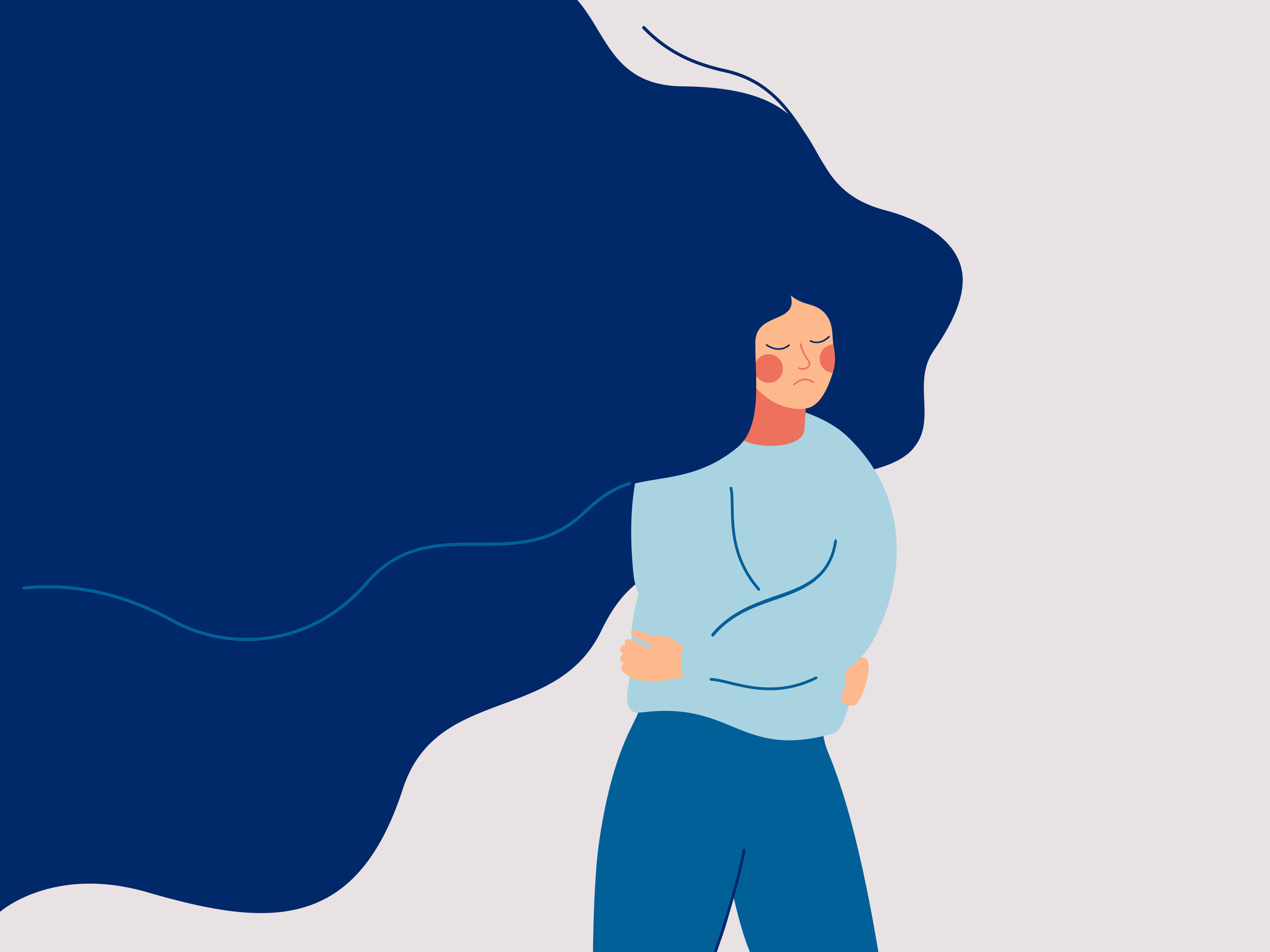
ADAA sits down with Dan Rocker (International Paruresis Association (IPA)) and ADAA Member Ruth Lippin, LCSW to discuss paruresis, or Shy Bladder Syndrome. In this podcast we review what paruresis is, how it can impact ones life, and what treatment options are available.
What is Paruresis?
Lippin: So paruresis is the inability to urinate in public restrooms, or in situations where other people are present. It is a social anxiety disorder, and there is generally a fear of judgment associated with it.
Rocker: It's a diagnostic feature. As you point out of social phobia, it is in the DSM 5. So if people are looking for some legitimacy paruresis and shy bladder are in the DSM 5 by name. And at the IPA, the International Paruresis Association, we like to conceptualize paruresis as really having kind of two components or facets: the first of which is just the actual functional inhibition of urinating initiating a stream, while under a time pressure, or when people can hear you or when people can see you to be attempting to urinate. And that's the primary paruresis. The secondary paruresis, which is something that accrues tends to accrue to people who have primary party resists, is all the negative thoughts, feelings, self evaluation, and shame because of having the disorder, and almost everyone who's going to present for treatment is going to come in with both primary and secondary paruresis."







